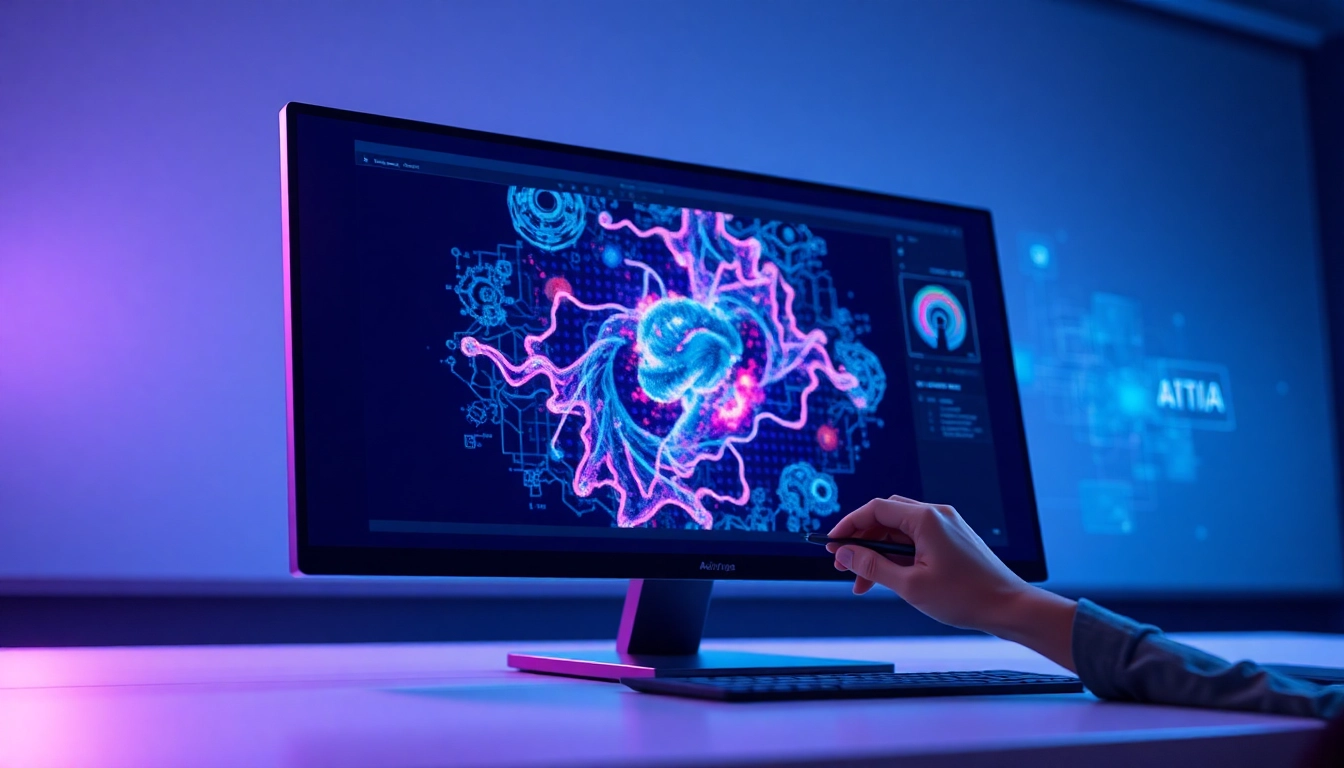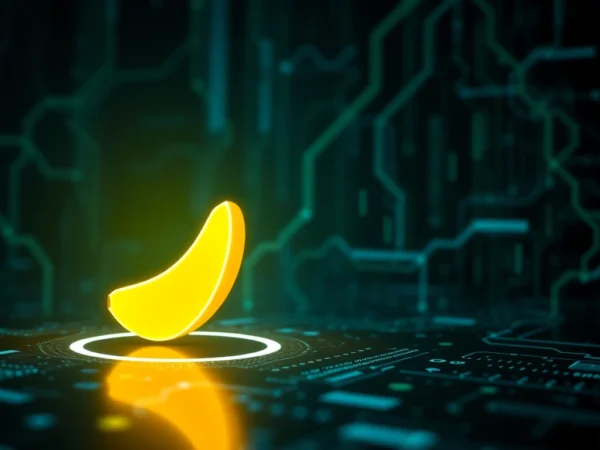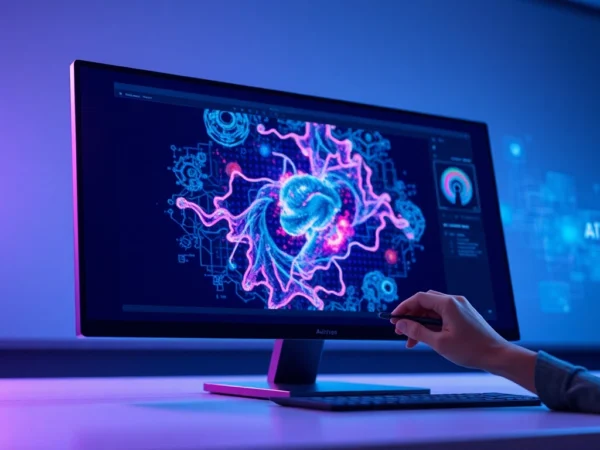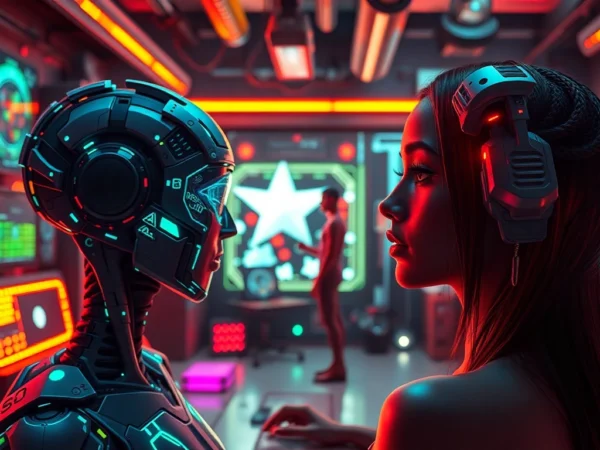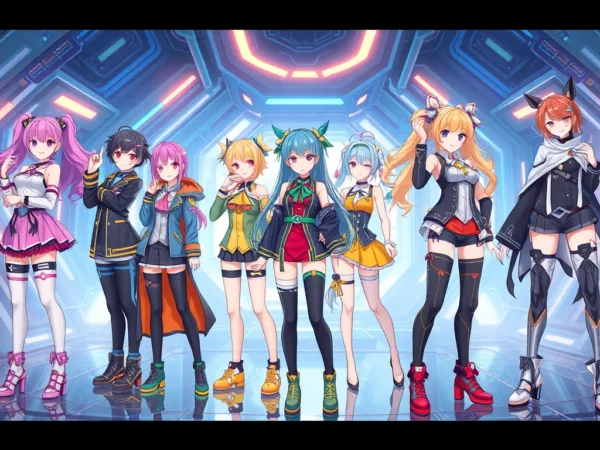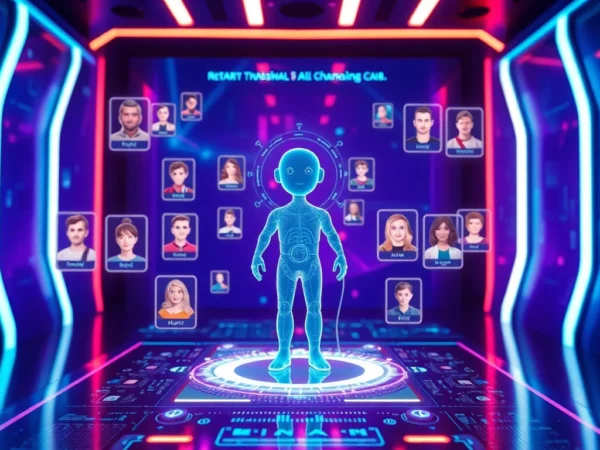Revolutionizing Visual Creativity: The Rise of Nano Banana AI and Its Impact on Image Editing
Introduction: The Evolution of AI in Image Editing
Over the past decade, artificial intelligence has dramatically transformed the landscape of digital creativity, especially in the realm of image editing. From simple filters and basic manipulations to sophisticated tools capable of understanding complex visual contexts, AI-driven image editors have continually pushed the boundaries of what is possible. Today, the industry stands on the cusp of a revolutionary leap forward, with emerging technologies promising to redefine creative workflows and aesthetic standards. Among these groundbreaking innovations is nano banana ai, a platform heralded as Google’s most advanced AI image editor yet. This platform claims to outperform all competitors through its “advanced reasoning capabilities,” positioning itself as not just an editing tool but a paradigm shift in how AI approaches visual artistry and manipulation.
What is Nano Banana AI? An Overview of Google’s Revolutionary Tool
At the forefront of AI-powered image editing, nano banana ai represents a significant evolution in the intersection of artificial intelligence and visual creativity. Marketed as Google’s revolutionary AI image editor, it distinguishes itself through its ability to deeply understand image context, maintain perfect consistency, and reason through complex editing tasks—capabilities that other tools simply lack. Unlike traditional editing platforms that rely on straightforward manipulations such as cropping, color adjustments, or background swaps, Nano Banana AI employs advanced reasoning to interpret user intentions and the intricate details within an image, thereby delivering results that are both highly accurate and creatively nuanced.
This platform leverages state-of-the-art deep learning models integrated with 3D spatial awareness and logical reasoning algorithms, enabling it to perform tasks that closely mimic human-like comprehension of visual scenes. Whether it’s retouching, background replacement, perspective correction, or complex object manipulation, Nano Banana AI aims to understand not just what the user asks for but why it is asked, ensuring that every edit aligns perfectly with the intended outcome. This deep contextual understanding sets Nano Banana apart from competitors like Flux Kontext and Gemini 2.0 Flash, which primarily focus on surface-level image adjustments rather than holistic comprehension.
Key Features and Capabilities
Advanced Reasoning and Contextual Understanding
One of Nano Banana AI’s core strengths lies in its advanced reasoning capabilities. Unlike conventional tools that treat image editing as a series of isolated tasks, Nano Banana employs complex algorithms that interpret the entire scene. This means it can recognize relationships between objects, understand lighting and shadows, and even infer depth and perspective. For instance, if a user requests to change the background of a portrait, Nano Banana AI doesn’t merely replace a static background; it preserves the lighting, shadows, and spatial relationships within the scene, ensuring that the final image appears natural and cohesive.
3D Spatial Awareness
Another groundbreaking feature is its 3D spatial awareness. Traditional image editors operate primarily in 2D, which can lead to inconsistencies when manipulating objects or perspectives. Nano Banana AI, however, incorporates 3D modeling principles to understand the spatial arrangement within an image. This allows for realistic editing of objects in relation to their environment, such as adjusting the angle of a product shot or repositioning elements with depth perception intact. This spatial intelligence results in more authentic modifications, essential for professional designers and creative agencies seeking photorealistic results.
Consistent and Logical Editing
Consistency is paramount in high-quality image editing, and Nano Banana AI excels in maintaining logical coherence throughout its operations. When editing complex scenes with multiple elements, it preserves color harmony, object relationships, and lighting conditions. This logical approach reduces artifacts or unnatural alterations that can plague other AI tools. For example, if a user modifies a person’s clothing color, Nano Banana ensures that shadows, reflections, and surrounding elements are adjusted accordingly, maintaining the integrity of the scene.
How Nano Banana Outperforms Competitors
Accuracy Statistics and Performance Metrics
According to the platform’s claims and independent evaluations, Nano Banana AI achieves a remarkable 95-99% accuracy rate across various editing tasks. In contrast, other leading tools such as Flux Kontext and Gemini 2.0 Flash typically record performance metrics ranging from 20% to 70%, especially on complex or multi-faceted edits. This stark difference underscores Nano Banana AI’s superior understanding of image context and user intent.
In practical terms, this translates to fewer errors, less need for manual corrections, and faster turnaround times. For professionals working under tight deadlines, such high precision is invaluable, enabling the creation of high-quality visuals with minimal iterative adjustments. Users report that Nano Banana AI’s results often require no more than a single pass, a feat rarely achievable with traditional or less advanced AI editors.
Comparison with Flux Kontext, Gemini 2.0 Flash, and Others
While Flux Kontext emphasizes real-time image manipulation and Gemini 2.0 Flash focuses on quick edits with basic AI enhancements, Nano Banana’s strength lies in its deep understanding. Flux Kontext excels at rapid changes like background swaps or simple filters, but it falters with complex scene comprehension. Gemini 2.0 Flash offers fast and user-friendly editing but lacks the logical reasoning to handle nuanced tasks that involve multiple layers or perspectives.
In head-to-head comparisons, Nano Banana consistently delivers more coherent, contextually accurate, and visually appealing results. Its ability to interpret complex instructions—such as “make the scene look like sunset,” or “rearrange objects to create a balanced composition”—demonstrates a level of artificial intelligence that mimics human creative reasoning. This makes Nano Banana not just a tool but a partner in the creative process, capable of understanding the “why” behind every change.
Target Audience and Pricing Structure
From Casual Creators to Enterprise Solutions
Nano Banana AI caters to a broad spectrum of users, from individual hobbyists and social media influencers to large-scale creative agencies and corporations. Its user-friendly interface and scalable features make it accessible for beginners, while its sophisticated reasoning engine appeals to professional designers seeking top-tier precision. For enterprise clients, Nano Banana offers customized solutions and integration options, enabling seamless incorporation into existing workflows.
Pricing Tiers and Value Proposition
The platform offers a tiered subscription model designed to accommodate different needs and budgets:
- Basic Plan – $29/month: Ideal for casual users, hobbyists, and small projects. Includes limited edits, standard resolution, and basic features.
- Pro Plan – $49/month: Designed for serious creators and freelancers. Offers higher resolution, priority support, and expanded editing capabilities.
- Premium Plan – $79/month: Tailored for professional studios and demanding projects. Includes unlimited edits, API access, and advanced features like batch processing and custom AI models.
For larger organizations, enterprise packages are available, providing dedicated support, bespoke integrations, and scalability options. The platform emphasizes that its high accuracy rates, deep contextual understanding, and seamless user experience justify the investment, positioning Nano Banana as a premium, future-proof solution.
The Ethical and Creative Implications of AI-Driven Image Editing
As with any transformative technology, the rise of advanced AI image editors like Nano Banana raises important ethical considerations. The ability to create hyper-realistic images or alter visual content with minimal effort can be exploited for misinformation, deepfakes, or unethical manipulation. Therefore, responsible use and robust safeguards are essential to ensure that AI tools serve the interests of authenticity and integrity.
On the other hand, AI-driven editing also unlocks new creative horizons. Artists can experiment with ideas that were previously too complex or time-consuming, pushing the boundaries of visual storytelling. Nano Banana’s capacity to understand nuanced instructions fosters a collaborative relationship between humans and machines, enhancing creative expression rather than replacing it.
Moreover, the platform advocates for transparency and ethical standards, emphasizing that true AI advancement involves not just technical prowess but also a moral commitment to supporting responsible usage. This perspective aligns with the broader movement towards AI that augments human creativity while safeguarding societal values.
Future Outlook: What’s Next for Nano Banana AI and AI in Visual Arts
The trajectory of Nano Banana AI indicates a future where AI becomes an indispensable partner in visual arts. As machine learning models continue to evolve, we can expect even more sophisticated understanding of complex scenes, real-time editing capabilities, and deeper integration with creative workflows. Features such as immersive 3D editing, virtual reality compatibility, and AI-driven animation are on the horizon, promising to revolutionize not just static image editing but entire multimedia production.
Furthermore, as AI becomes more adept at grasping artistic styles and contextual nuances, tools like Nano Banana will enable artists to blend human intuition with machine efficiency, fostering a new era of hybrid creativity. The platform’s emphasis on logical reasoning and deep understanding suggests it will remain at the forefront of this evolution, setting standards for what intelligent image editing can achieve.
In addition, the convergence of AI with emerging technologies like augmented reality and virtual reality will open up unprecedented possibilities for interactive and dynamic visual content. Nano Banana’s ongoing development aims to integrate these advancements, making it a comprehensive ecosystem for digital creators.
Conclusion: Embracing the Paradigm Shift in AI-Powered Creativity
The advent of Nano Banana AI signifies more than just an incremental improvement in image editing; it represents a fundamental shift in how artificial intelligence interacts with visual content. By combining advanced reasoning, 3D spatial awareness, and unmatched contextual understanding, Nano Banana elevates AI from a simple tool to a creative partner capable of thinking about images the way humans do. Its ability to produce accurate, consistent, and logically coherent edits positions it as the most intelligent AI image editor available today.
This paradigm shift is poised to redefine standards across industries—from advertising and entertainment to digital art and education. As AI continues to mature, tools like Nano Banana will empower creators to realize their visions with unprecedented precision and ease, fostering a new era of visual innovation.
Ultimately, the true promise of AI in image editing lies in its capacity to augment human creativity, not replace it. With platforms like Nano Banana AI leading the charge, the future of visual arts looks brighter, smarter, and more inspiring than ever. Embracing this change means stepping into a world where technology and artistry converge seamlessly—creating visuals that are not only beautiful but also deeply meaningful and contextually rich. For those ready to explore the cutting edge of AI-driven creativity, Nano Banana AI offers a glimpse into the future of visual innovation, and the journey has only just begun. Discover more about this revolutionary platform at nano banana ai and experience the next evolution in AI-powered image editing.
